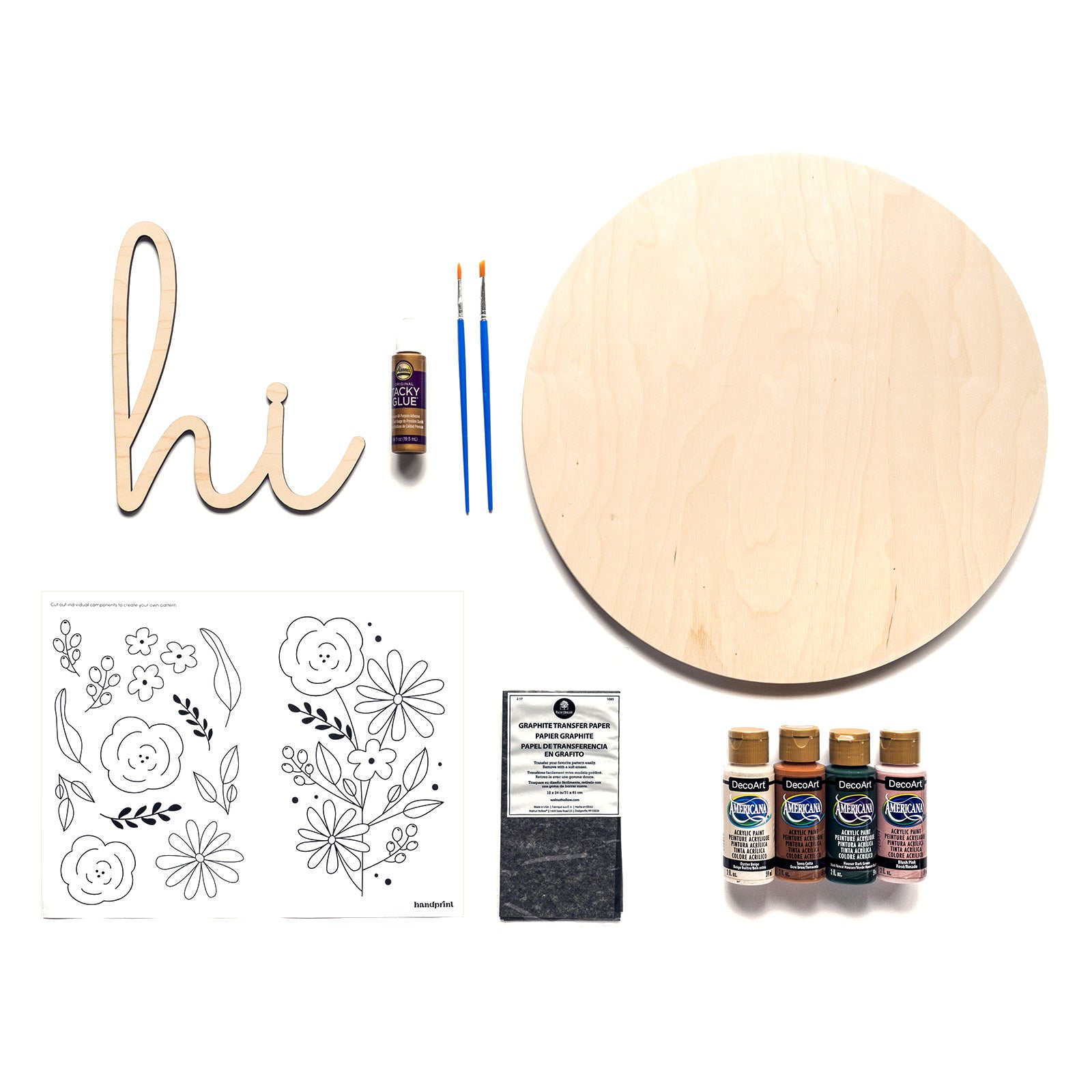Applying Vinyl Decals to Wood
Crafting with vinyl decals on wood surfaces can be immensely gratifying, but achieving long-lasting adhesion requires careful preparation. Let's uncover the secrets to ensure your vinyl sticks for good.
How to Prep Your Wood for Vinyl:
-
Start with a Smooth Surface: Vinyl adheres best to a smooth, sealed surface. Begin by sanding your wood with 150-180 grit sandpaper, progressing to finer grits until achieving complete smoothness. Thoroughly wipe down the surface with a tack cloth to remove dust.
-
Apply Coats and Sand: After sanding, apply primer, paint, stain, or clear polycrylic according to manufacturer recommendations. Lightly sand with 220-grit sandpaper between coats for optimal adhesion. Finish with a clear polycrylic topcoat for durability and minimal yellowing.
-
Allow for Proper Drying: Let your project dry for 48-72 hours after the final coat to ensure a strong bond with the vinyl.
Applying Vinyl Decals:
- Clean and Apply: Ensure the wood surface is free of dust before applying your smart vinyl. Follow the instructions provided with your cutting machine. Use a burnishing tool to smooth the vinyl before proceeding.
- Optional Sealing: For added durability, apply 1-3 coats of clear polycrylic over the vinyl decal after it has bonded for 24-48 hours.
- Allow for Curing: Let your project cure for 24-48 hours, or ideally up to 2 weeks before heavy handling, depending on temperature and humidity.
Consider Heat Transfer Vinyl (HTV):
HTV offers a unique, painted-on look with less prep and more durability compared to conventional vinyl. It requires minimal sanding and doesn't necessitate a final sealing. Though slightly more expensive, HTV eliminates the need for additional supplies like transfer tape and sealer.
Pro Tip for HTV: Allow the HTV to cool for a minute or two before removing the backing to facilitate easier peeling.
In Conclusion:
With proper advice, practice, and diligent prep work, you can achieve exceptional results with vinyl decals on wood. Embrace these tips to ensure successful and long-lasting projects.

Leave a comment